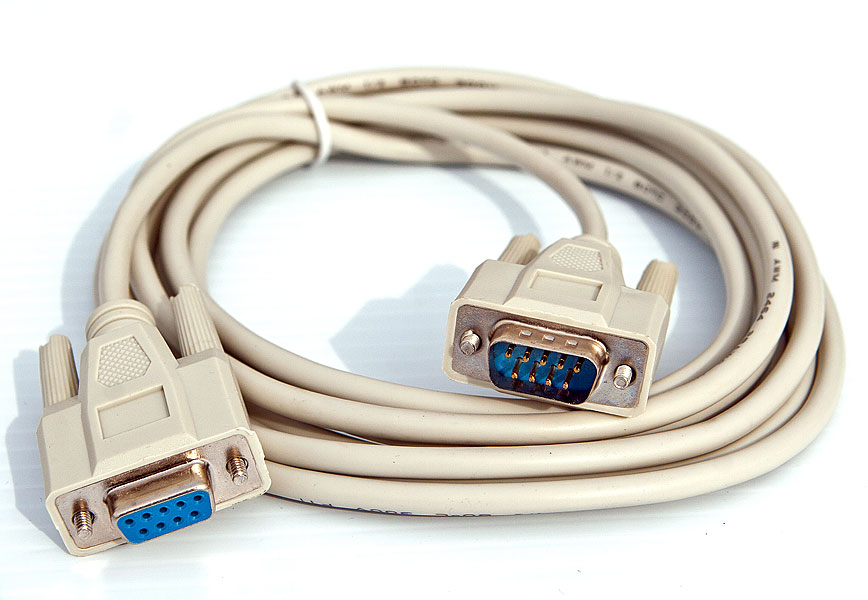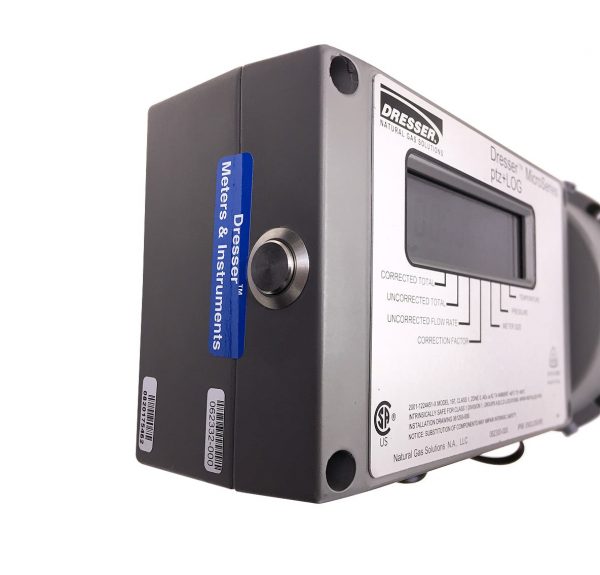
- SERIAL 9 PIN CABLE INSTALL
- SERIAL 9 PIN CABLE SERIAL
- SERIAL 9 PIN CABLE DRIVER
- SERIAL 9 PIN CABLE PC
SERIAL 9 PIN CABLE SERIAL
Serial data from host to mouse (only for power) The data itself in sent using standard asynchronous RS-232C serial format:
SERIAL 9 PIN CABLE PC
Typical PC serial port mouse takes 10 mA total current and operates at voltage range of 6-15V. The negative supply for transmitter is taken from TD pin. The positive power supply usually taken from RTS and DTR lines (just after the diodes and before the resistor going to leds). A typical approach is to use diodes to take current from DTR and RTS lines and then feed it through resistor to all of the (infrared) leds in the movement detectors. Because typical optomechanical mouse also needs power for 4 leds in the optocoupler movevement detectors, there is not much power to loose. PC serial mouse uses typically DTR and RTS lines for generating +5V power for microcontroller circuit in the mouse. Mouse electronics normally use +5V voltage. Mouse outputs are normally something like +-5V, 0.5V or sometimes +-12V. Mouse send data to computer in levels that RS-232C receiver chip in the computer can uderstand as RS-232C input levels. Mouse takes some current from each of the RS-232C port output lines it is connected (about 10mA). Those outputs are in +12V when mouse is operated. Mouse takes standard RS-232C output signals (+-12V) as its input signals.
SERIAL 9 PIN CABLE DRIVER
The mouse driver in the computer received that data packet and decodes the information from it and does actions based on the information. When this information changes the mouse controller sends a packet of data to the computer serial data interface controller. Mouse controller reads the state of those sensors and takes acount of current mouse position. Sensors are the movement detectors which sense the mouse movement and button swiches which sense the button states. Typical PC mouse controlling system has the following parts: sensors -> mouse controller -> communication link -> data interface -> driver -> software. Sample transmission shown on picture: Start bit (active low, usually between +3v and +15v) followed by data bits, parity bit (depends on protocol used) and finished by stop bit (used to bring logic high, usually between -3v and -15v). RS232 data is usually sent as a packet with 7 or 8 bit words, start, stop, parity bits (may be varied). Note: Direction is DTE (Computer) relative DCE (Modem) Nowdays only 9-pin connector is still in use for PCs.

Hot-plug isn't supported, but sometimes allowed. A common ground between the PC and the associated device is necessary. RS232 is the voltage loop serial interface with full-duplex communication represented by voltage levels with respect to system ground. This PC serial port interface is single ended (interconnect two devices only, via RS232 serial cable), the data rate is less than 20 kbps. Nevertheless, thanks to their simplicity and past ubiquity, RS-232 interfaces are still used - particularly in industrial machines, networking equipment, and scientific instruments where a short-range, point-to-point, low-speed wired data connection is adequate.
SERIAL 9 PIN CABLE INSTALL
Many computers no longer come equipped with RS-232 ports (although some motherboards come equipped with a COM port header that allows the user to install a bracket with a DE-9 port) and must use either an external USB-to-RS-232 converter or an internal expansion card with one or more serial ports to connect to RS-232 peripherals. In modern personal computers, USB has displaced RS-232 from most of its peripheral interface roles.

RS-232, when compared to later interfaces such as RS-422, RS-485 and Ethernet, has lower transmission speed, short maximum cable length, large voltage swing, large standard connectors, no multipoint capability and limited multidrop capability. The standard defines the electrical characteristics and timing of signals, the meaning of signals, and the physical size and pinout of connectors. PC serial port is based on RS-232 standard, you may find signals details in the RS-232 interface pinout. The RS-232 standard had been commonly used in computer serial ports. It formally defines the signals connecting between a DTE (data terminal equipment) such as a computer terminal, and a DCE (data communication equipment), such as a modem.

RS-232, is a standard introduced in 1960 for serial communication transmission of data.


 0 kommentar(er)
0 kommentar(er)
